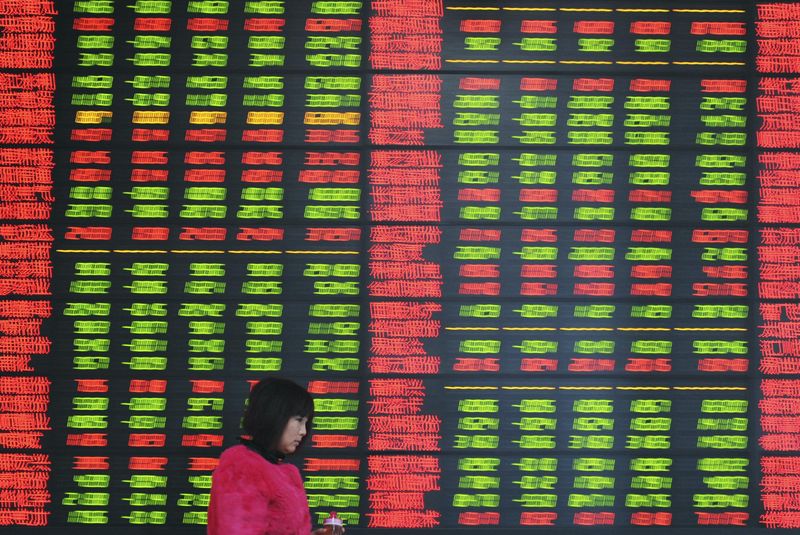By Gina Lee
Investing.com – Asia Pacific stocks were mostly down on Friday morning, with investors continuing to calculate the resilience of the global economic recovery to risks from both a tighter U.S. Federal Reserve monetary policy and the conflict in Ukraine.
Japan’s Nikkei 225 inched down 0.01% by 10:20 PM ET (2:20 AM GMT), with data released earlier in the day showing that the Tokyo consumer price index (CPI) for March 2022 grew 1.3%, and the Tokyo core CPI grew 0.8%, year-on-year. The CPI Tokyo excluding food and energy grew 0.2% month-on-month.
South Korea’s KOSPI edged up 0.17% and in Australia, the ASX 200 was up 0.40%.
Hong Kong’s Hang Seng Index was down 0.25%.
China’s Shanghai Composite inched down 0.06% and the Shenzhen Component edged down 0.13%.
The impact of Russia’s invasion of Ukraine on Feb. 24, including elevated and volatile raw-material costs, continues. The U.S. also warned that Russian President Vladimir Putin could resort to dangerous methods, such as using biological, chemical, or nuclear weapons, as his military campaign struggles and Western sanctions continue to bite.
The gap between the Fed’s recent hawkish stance and the Bank of Japan’s more dovish stance has sapped the yen, which is near a six-year low against the dollar. Yen weakness could also potentially spur yuan depreciation, according to Societe Generale (OTC:SCGLY) SA strategist Albert Edwards.
Global shares are set to record their first consecutive weekly gains in 2022, a sign of cautious optimism that economic growth will weather the conflict in Ukraine, high inflation, and the Fed’s monetary policy moves.
The Fed’s steps to contain inflation are “what ultimately will drive a more aggressive inversion of the curve, which we think is coming quite quickly,” Columbia Threadneedle Investments global head of fixed income Gene Tannuzzo told Bloomberg.
That doesn’t necessarily signal a recession, since “this is a very different cycle and the first one in over 30 years where the Fed is playing catch-up to inflation,” he added.
Chicago Fed President Charles Evans said on Thursday that he is “comfortable” with hiking interest rates in quarter-point increments and was “open” to a 50 basis-point move if needed.
Meanwhile, although the U.S. 10-year yield was still near levels last seen in 2019, key parts of the U.S. Treasury yield curve continue to flatten or are inverted. The moves are leading to debate as to whether the bond market is signaling a steep economic slowdown or even a recession ahead.
The yield on the two-year Treasury note is set for its biggest quarterly advance since 1984.
While the price action in Treasuries has been brutal, that does not mean a decades-long bull market in bonds is over, DeCarley Trading founder Carley Garner told Bloomberg.
“Inflation is the story now, but inflation has tended to be something that can change very quickly. It spikes and then it violently and quickly reverses the other way and generally triggers a recession while we’re at it,” she said.
